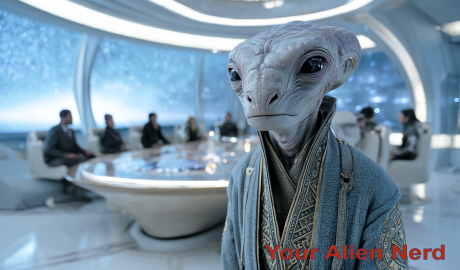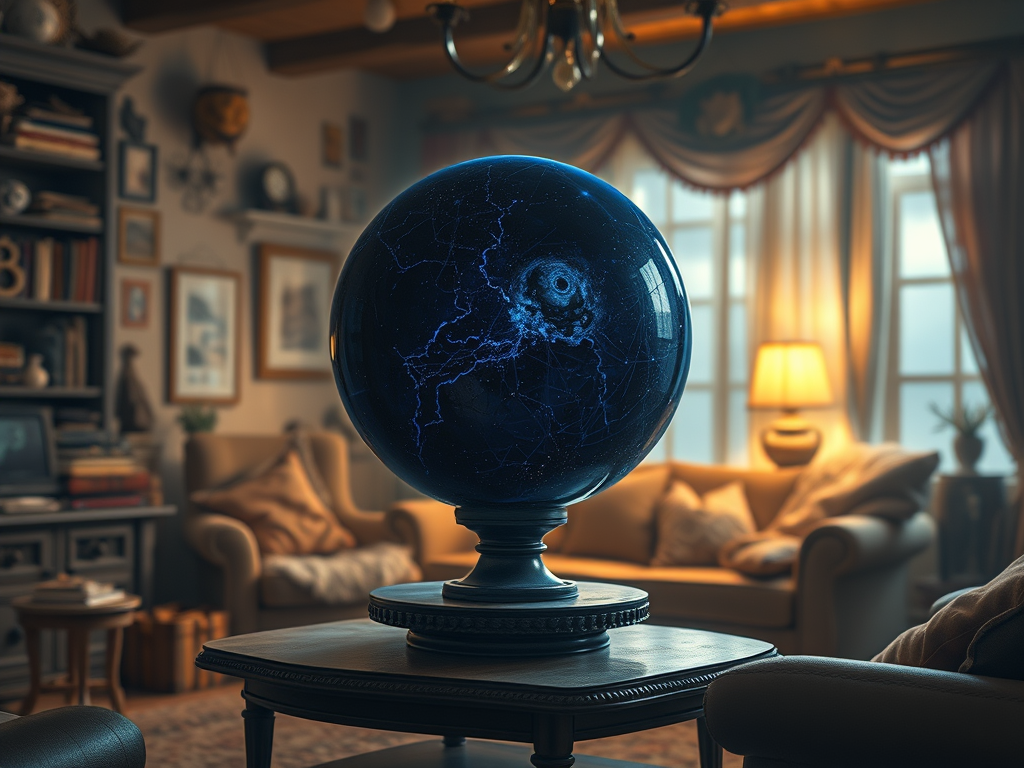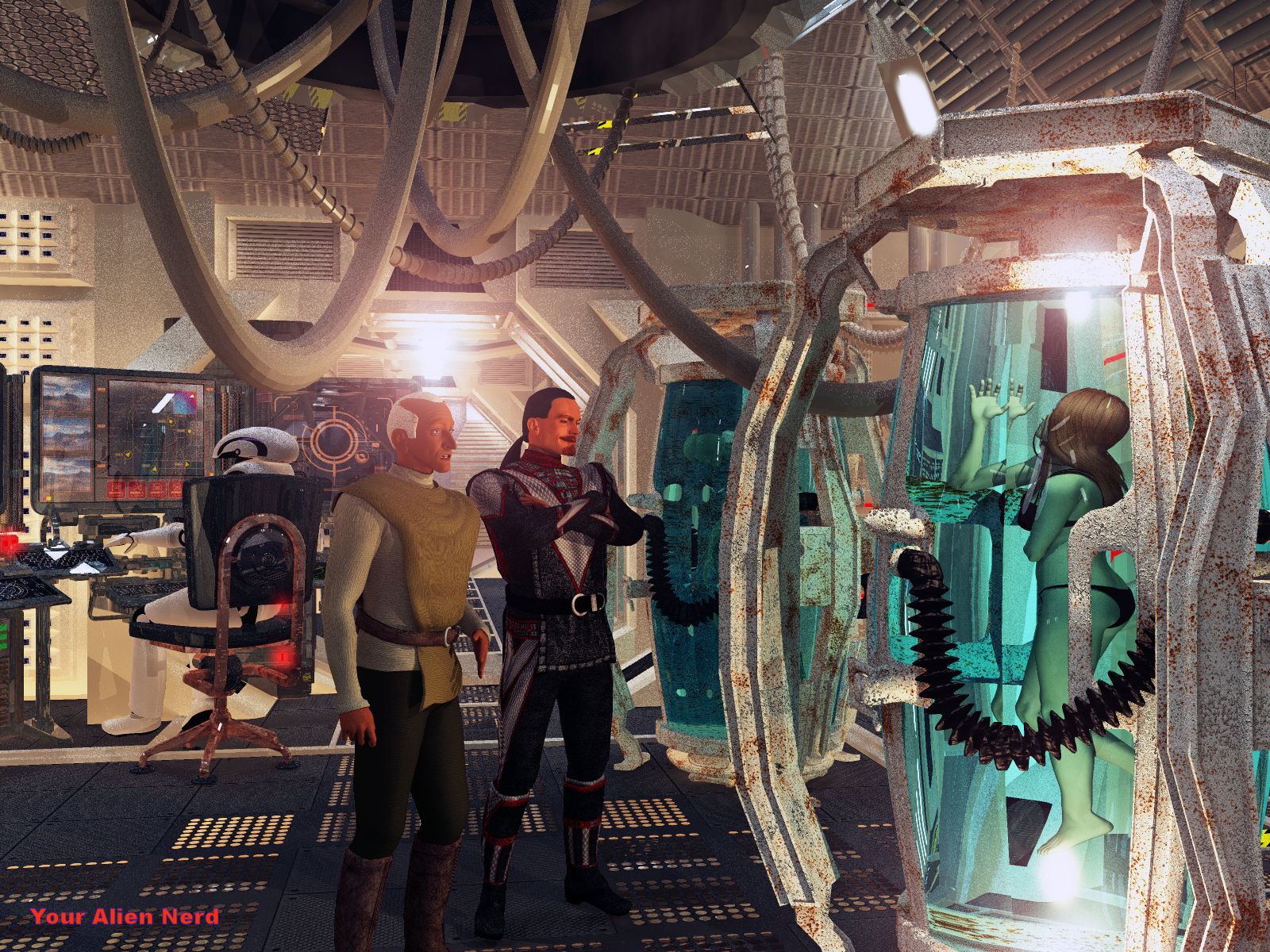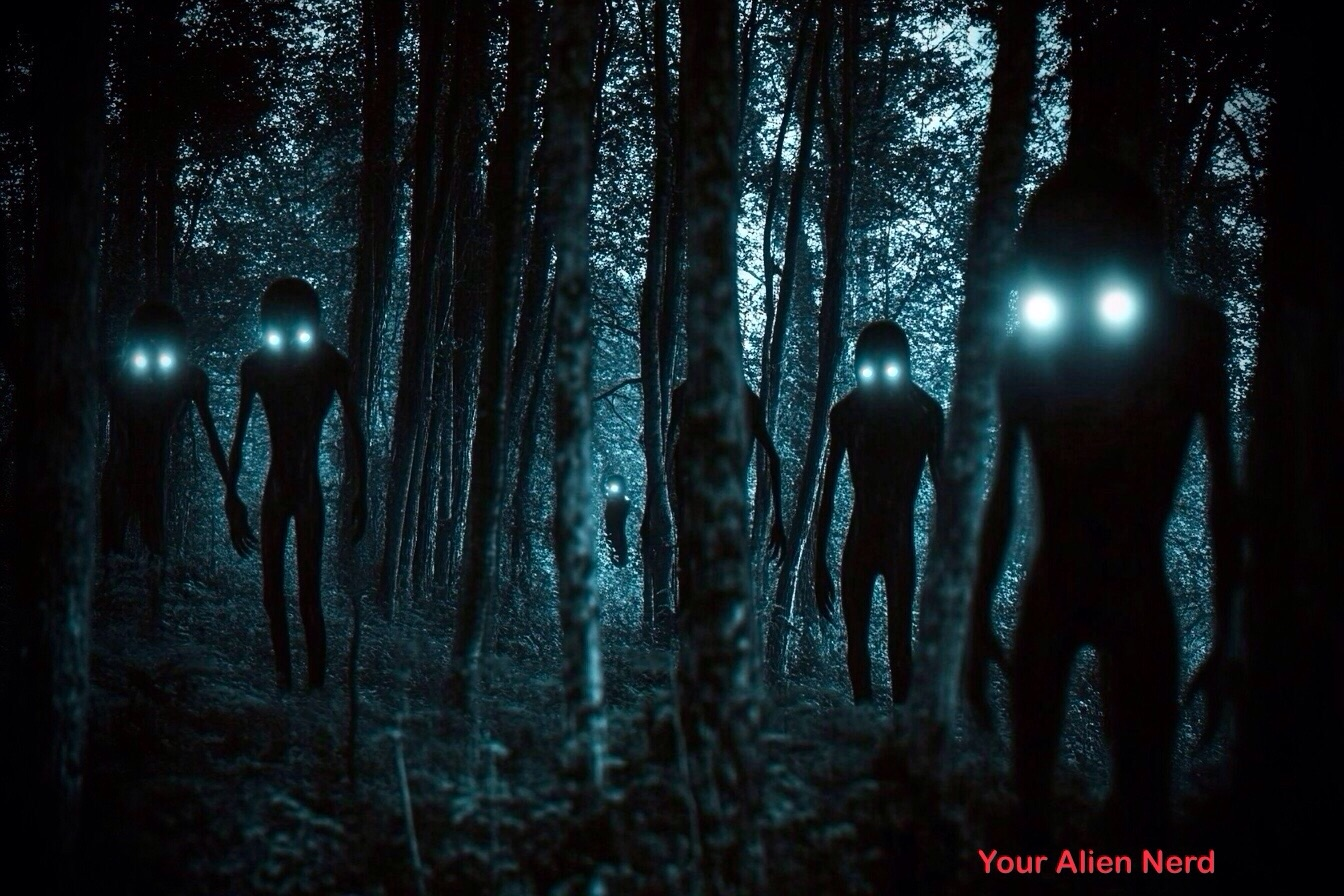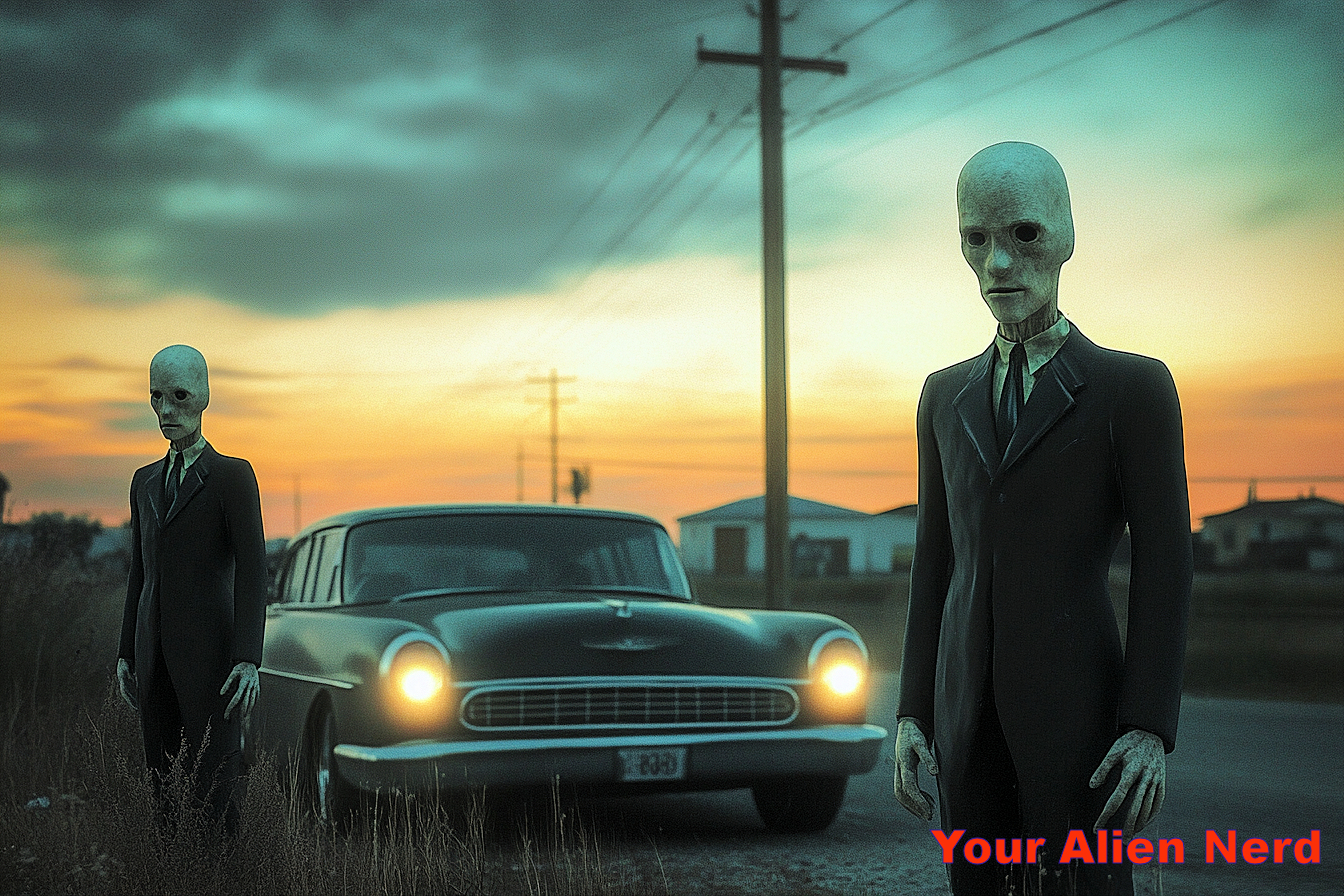THE EMPIRE CAN WAIT – CHAPTER 4, PART 2
“INSERT YOUR TICKET, PLEASE,” the door said.Kyle swiped the plastic pass.“THANK YOU, SIR, AND… ENJOY!” the metallic voice chimed. The interior was retro-styled, centered around a large stage at the back, and dotted with small round tables. The first floor of the Nine Wonders was dedicated to female attractions, andContinue Reading


